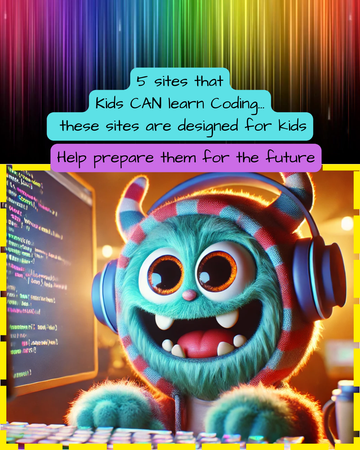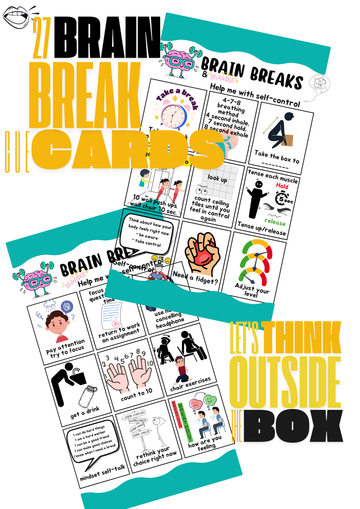"When a Tummy Ache Is More Than a Tummy Ache: Cracking the Code of Somatization in Kids"
“Mom, my stomach hurts. I can’t go to school.” Sound familiar? If you’re a parent or teacher, you’ve probably encountered this classic line—or its cousins: “My head hurts,” “My legs feel weird,” or “I just don’t feel good.” Sure, it might be a real problem, or maybe (just maybe) it’s something much sneakier: somatization.
Somatization is a fancy word for when emotional stress puts on a disguise and shows up as physical symptoms. These physical symptoms appear often and typically coincide with a non-preferred activity or situation.
Somatization refers to the physical manifestation of emotional distress. It's a child's internal regulatory system expressing a need for help through physical symptoms, like a stomachache because it knows no other way. While these physical sensations are genuine, their origin often lies in underlying emotions such as anxiety, stress, or even excitement.
 So…What’s Going On?
So…What’s Going On?
Kids don’t always have the vocabulary or self-awareness to say, “I’m worried about the math test” or “I feel left out at recess.” Instead, their bodies handle the stress by turning it into something they can explain—a sore throat, a headache, or even nausea. It’s not “faking it.” It’s their body’s way of saying, “Something’s up, and I need help.”
The Sneaky Triggers Behind Somatization
Before you stockpile antacids or book another trip to the pediatrician, consider these common culprits:
- Anxiety: About school, social situations, or trying something new.
- Change: A new teacher, a new sibling, or moving to a new house can stir up big feelings.
- Academic Pressure: Struggling with a subject or fear of failure can weigh heavily on a kid.
- Social Stress: Trouble with friends or feeling left out can often lead to physical complaints.
Finding the Root: Action Steps for Parents and Teachers
Now that we’ve unmasked the villain, let’s talk about how to help kids move past it. It’s all about getting to the root while honoring their very real experience of discomfort.
- Listen (Without Jumping to Fix It)
- When a child complains about physical symptoms, resist the urge to dismiss or overreact. A simple, “Tell me more about how you’re feeling,” can open the door to deeper insights.
- Check for Patterns
- Notice if the complaints pop up during certain times (like Monday mornings) or events (right before a test) or a place (playground or dentist). Patterns are often the breadcrumbs leading to the root issue.
- Create a Safe Space for Emotions
- Teach kids to talk about feelings. A “feelings chart” or journaling can give them the tools to express themselves before their body does it for them.
- Practice Mind-Body Connection
- Help kids understand how stress can affect their body. Simple activities like deep breathing, mindfulness, or progressive muscle relaxation can work wonders.
- Validate Their Experience
- Avoid saying, “You’re fine.” Instead, try, “I understand that your stomach hurts. Sometimes when we’re worried, it can make our tummy feel funny. Let’s talk about what’s on your mind.”
- Get Moving
- Physical activity can release stress and boost mood. A quick walk or some jumping jacks can do wonders for shifting focus and calming nerves.
- Be Curious Together
- Ask open-ended questions like, “Is there something at school you’re nervous about?” or “What’s something that’s been on your mind lately?”
- Build Coping Strategies
- Work with the child to brainstorm ways to manage stress, like having a fidget toy, practicing self-soothing techniques, or breaking big tasks into smaller steps.
- Set Up Support
- Teachers can create a buddy system or a “calm corner” in the classroom. Parents can maintain routines and offer extra reassurance during big transitions.
- Rule Out Medical Causes
- Always check with a doctor to rule out underlying medical issues. Once that’s cleared, you can focus on the emotional roots.
The Bigger Picture
Somatization is a child’s SOS signal, not a sign of weakness or manipulation. By taking the time to explore the “why” behind the symptoms, we empower kids to better understand their emotions and develop healthy ways to manage stress.
The next time your little one, or your student, insists their headache means the world is ending, take a deep breath (maybe two) and remember: it’s not about the tummy—it’s about the heart and mind. With patience, understanding, and a dash of detective work, we can help them feel better inside and out.
😊






